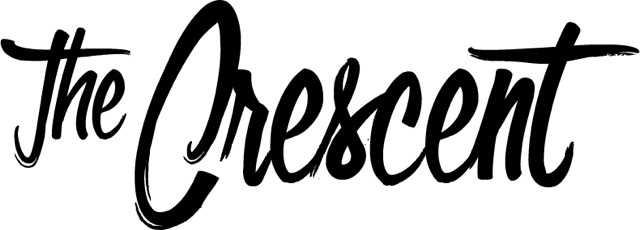AI Art: What Now?
Reported By: Benny Schorie
Illustrated By: Sydney Simmons
In August, controversy swept the Internet and art world as Jason Allen won the Colorado State Fair’s annual art competition with a piece titled “Théâtre D'opéra Spatial.” Allen beat out 20 other entries and took home $300 with his breathtaking piece portraying a night at the opera in space.
The controversy arose when people learned he had created the piece using Midjourney, an artificial intelligence (AI) tool that produces images when prompted by the user. Allen’s victory brought the world’s attention to the fast advancement of AI and sparked conversations about the future of technology and its impacts on everything.
AI art generators compile images from all sources, including previous AI generations, to create something new and entirely unique. Whatever is generated depends on the person and the prompts being entered into the tool.
Tools like Midjourney and DALL-E, another image-producing AI, are not the only programs making a splash recently. ChatGPT by OpenAI launched in November and can generate detailed responses by drawing from its knowledge from previous generations and human trainers. The program can generate pretty much anything and everything from computer program codes to music compositions to test answers.
However, its limitations come from the algorithmic biases with which it is built. ChatGPT is not supposed to be able to express political views, racism, or sexism, but, with certain prompting, it can and will show discriminatory bias.
These problems are not limited to ChatGPT; they affect AI programs in general, which are developed and informed by flawed people and their algorithms. For instance, AI art tends to oversexualize and objectify women’s bodies, reinforcing toxic, eurocentric beauty standards..
Also, it could compromise the future of art and artists, or does it? In a piece for Fast Company, Alejandro Díaz Cortez says, “This isn’t about separating the art from the artist. Or the AI from the art. It’s about combining the powers of each to create something we never could have on our own.”
Others do not feel so optimistic about the impact of art generated by artificial intelligence. Senior studio art and theater student Marley Ross said, “It’s very stressful as a graduating student seeing the progression and rise of AI art over the course of the year.” Ross said her future career is at stake as AI overtakes the concept art and visual development fields, especially when AI art generators source from living artists without access to copyright.
Junior graphic design student Tallie Sawatsky has mixed emotions and worries about stealing from artists without clear ways of providing compensation. “Identifying who’s being stolen from would be such a gray area. Even though it can get that general style, it can’t actually take their art and ideas. I don’t think it degrades that person and their art,” said Sawatsky.
AI art poses a massive challenge for new artists as they enter the workforce and try to keep up with advancing technology. We can’t stop the future, and artists are faced with more hurdles than ever when trying to make their art their life.
